Continuous Fusion of Motion Data Using an Axis-Angle Rotation Representation with Uniform B-Spline †
Abstract
1. Introduction
- can fuse asynchronous motion measurements with different types (including poses, velocities and accelerations) and frequencies directly without loss of information;
- is processed in the time forward and backward directions to refine fusion results;
- provides pose, velocity and acceleration fusion results continuously in time.
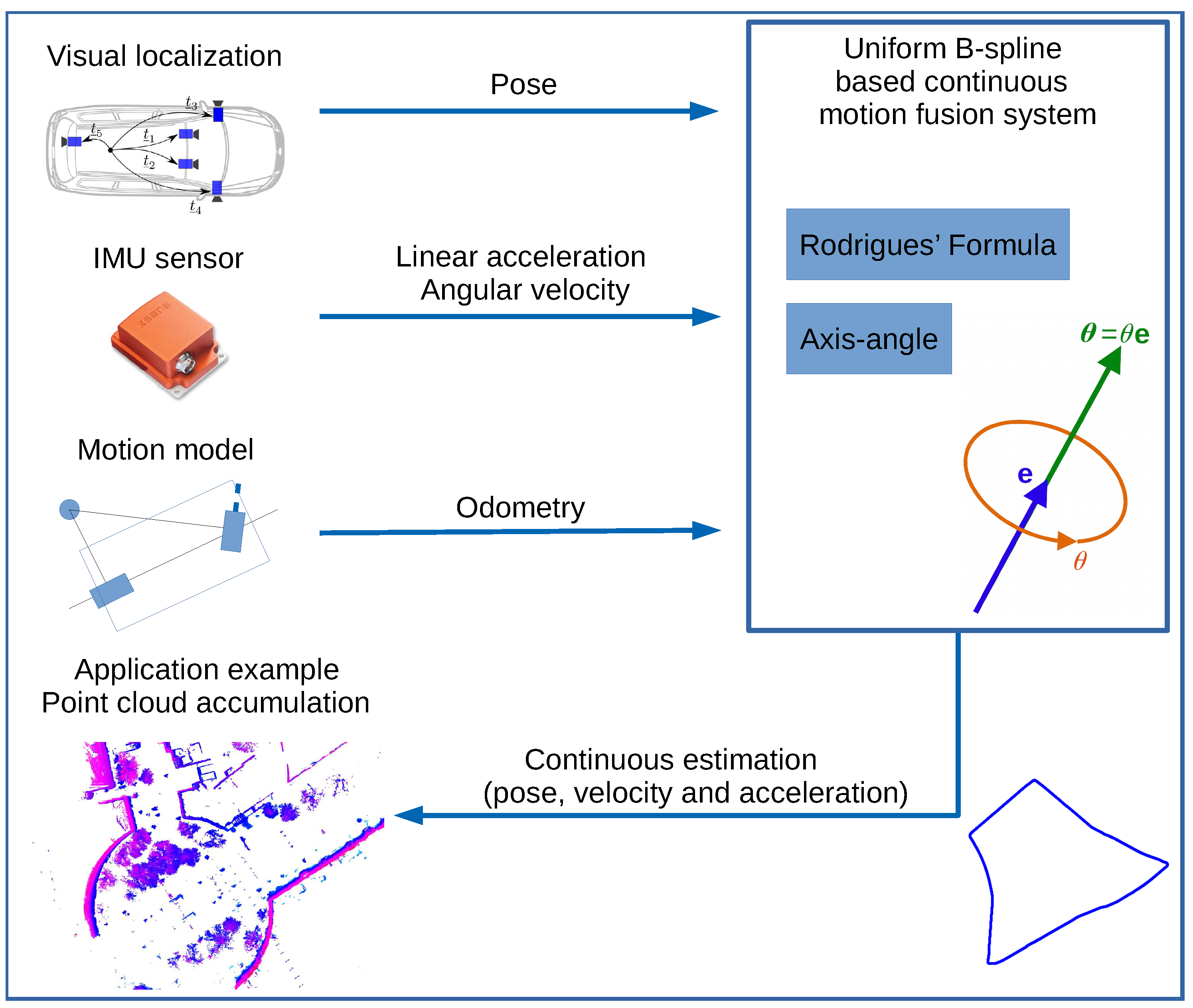
2. Related Work
3. Algorithm Overview
3.1. Uniform B-Spline
3.2. Rotation Parametrization
3.3. Time Derivative of a Rotation
3.4. Motion Model
3.5. Uniform B-Spline-Based Fusion System Concept
4. Experimental Evaluation
4.1. Sensor Setup
4.2. Data Set
4.3. IMU Extrinsic Calibration
4.4. Uniform B-Spline vs. Pose Graph Optimization
4.5. Runtime Analysis
4.6. Pose, Velocity and Acceleration of the Fused Results
4.7. Point Cloud Accumulating
5. Conclusions and Future Work
Author Contributions
Funding
Conflicts of Interest
References
- Yun, S.; Lee, Y.J.; Sung, S. IMU/Vision/Lidar integrated navigation system in GNSS denied environments. In Proceedings of the 2013 IEEE Aerospace Conference, Big Sky, MT, USA, 2–9 March 2013; pp. 1–10. [Google Scholar]
- Alatise, M.; Hancke, G. Pose Estimation of a Mobile Robot Based on Fusion of IMU Data and Vision Data Using an Extended Kalman Filter. Sensors 2017, 17, 2164. [Google Scholar] [CrossRef] [PubMed]
- Samadzadegan, F.; Abdi, G. Autonomous navigation of Unmanned Aerial Vehicles based on multi-sensor data fusion. In Proceedings of the 20th Iranian Conference on Electrical Engineering (ICEE2012), Tehran, Iran, 15–17 May 2012; pp. 868–873. [Google Scholar]
- Ren, Y.; Ke, X. Particle Filter Data Fusion Enhancements for MEMS-IMU/GPS. Intell. Inf. Manag. 2010, 2, 417–421. [Google Scholar] [CrossRef]
- Kim, H.; Liu, B.; Goh, C.Y.; Lee, S.; Myung, H. Robust Vehicle Localization Using Entropy-Weighted Particle Filter-based Data Fusion of Vertical and Road Intensity Information for a Large Scale Urban Area. IEEE Robot. Autom. Lett. 2017, 2, 1518–1524. [Google Scholar] [CrossRef]
- Murtra, A.C.; Mirats Tur, J.M. IMU and Cable Encoder Data Fusion for In-Pipe Mobile Robot Localization. In Proceedings of the 2013 IEEE Conference on Technologies for Practical Robot Applications (TePRA), Woburn, MA, USA, 22–23 April 2013; pp. 1–6. [Google Scholar]
- Merfels, C.; Stachniss, C. Pose Fusion with Chain Pose Graphs for Automated Driving. In Proceedings of the 2016 IEEE/RSJ International Conference on Intelligent Robots and Systems (IROS), Daejeon, Korea, 9–14 October 2013; pp. 3116–3123. [Google Scholar]
- Mascaro, R.; Teixeira, L.; Hinzmann, T.; Siegwart, R.; Chli, M. GOMSF: Graph-Optimization Based Multi-Sensor Fusion for robust UAV Pose estimation. In Proceedings of the 2018 IEEE International Conference on Robotics and Automation (ICRA), Daejeon, Korea, 9–14 October 2018; pp. 1421–1428. [Google Scholar]
- An Experimental Study on Relative and Absolute Pose Graph Fusion for Vehicle Localization. In Proceedings of the 2018 IEEE Intelligent Vehicles Symposium (IV), Changshu, China, 26–30 June 2018; pp. 630–635.
- Chang, H.H.; Yan, H. Vectorization of Hand-Draw Image Using Piecewise Cubic Bezier Curves Fitting. Pattern Recognit. 1998, 31, 1747–1755. [Google Scholar] [CrossRef]
- de Boor, C. On Calculating with B-splines. J. Approx. Theory 1972, 6, 50–62. [Google Scholar] [CrossRef]
- Cox, M.G. The Numerical Evaluation of B-Splines. IMA J. Appl. Math. 1972, 10, 134–149. [Google Scholar] [CrossRef]
- Cohen, E.; Lyche, T.; Schumaker, L.L. Degree Raising for Splines. J. Approx. Theory 1986, 46, 170–181. [Google Scholar] [CrossRef][Green Version]
- Wang, G.; Chen, Q.; Zhou, M. NUAT B-spline Curves. Comput. Geom. Des. 2004, 21, 193–205. [Google Scholar] [CrossRef]
- Murray, R.M.; Sastry, S.S.; Zexiang, L. A Mathematical Introduction to Robotic Manipulation, 1st ed.; CRC Press, Inc.: Boca Raton, FL, USA, 1994. [Google Scholar]
- Ritto-Corrêa, M.; Camotim, D. On the Differentiation of the Rodrigues Formula and Its Significance for the Vector-like Parameterization of Reissner–Simo Beam Theory. Int. J. Numer. Methods Eng. 2002, 55, 1005–1032. [Google Scholar] [CrossRef]
- Hartley, R.; Zisserman, A. Multiple View Geometry in Computer Vision, 2nd ed.; Cambridge University Press: Cambridge, UK, 2004. [Google Scholar] [CrossRef]
- Helgason, S. Differential Geometry and Symmetric Spaces; Pure and Applied Mathematics; Elsevier Science: Amsterdam, The Netherlands, 1962. [Google Scholar]
- Hall, B. Lie Groups, Lie Algebras and Representations; Graduate Text in Mathematics; Springer: Berlin/Heidelberg, Germany, 2004. [Google Scholar]
- Gallego, G.; Yezzi, A. A Compact Formula for the Derivative of a 3-D Rotation in Exponential Coordinates. J. Math. Imaging Vis. 2015, 51, 378–384. [Google Scholar] [CrossRef]
- TaS, Ö.S.; Salscheider, N.O.; Poggenhans, F.; Wirges, S.; Bandera, C.; Zofka, M.R.; Strauss, T.; Zöllner, J.M.; Stiller, C. Making Bertha Cooperate–Team AnnieWAY’s Entry to the 2016 Grand Cooperative Driving Challenge. IEEE Trans. Intell. Transp. Syst. 2018, 19, 1262–1276. [Google Scholar] [CrossRef]
- Irie, K. A Graph Optimization Approach for Motion Estimation using Inertial Measurement Unit Data. Robomech J. 2018, 5. [Google Scholar] [CrossRef]
- Strauß, T.; Ziegler, J.; Beck, J. Calibrating Multiple Cameras with Non-overlapping Views Using Coded Checkerboard Targets. In Proceedings of the 17th International IEEE Conference on Intelligent Transportation Systems (ITSC), Qingdao, China, 8–11 October 2014; pp. 2623–2628. [Google Scholar]
- Kümmerle, J.; Kühner, T. Fast and Precise Visual Rear Axle Calibration. In Proceedings of the 2019 IEEE Intelligent Transportation Systems Conference (ITSC), Auckland, New Zealand, 27–30 October 2019; pp. 3942–3947. [Google Scholar]
- Kümmerle, J.; Kühner, T.; Lauer, M. Automatic Calibration of Multiple Cameras and Depth Sensors with a Spherical Target. In Proceedings of the 2018 IEEE/RSJ International Conference on Intelligent Robots and Systems (IROS), Madrid, Spain, 1–5 October 2018. [Google Scholar]
- Sons, M.; Lauer, M.; Keller, C.G.; Stiller, C. Mapping and Localization using Surround View. In Proceedings of the 2017 IEEE Intelligent Vehicles Symposium (IV), Los Angeles, CA, USA, 11–14 June 2017; pp. 1158–1163. [Google Scholar] [CrossRef]
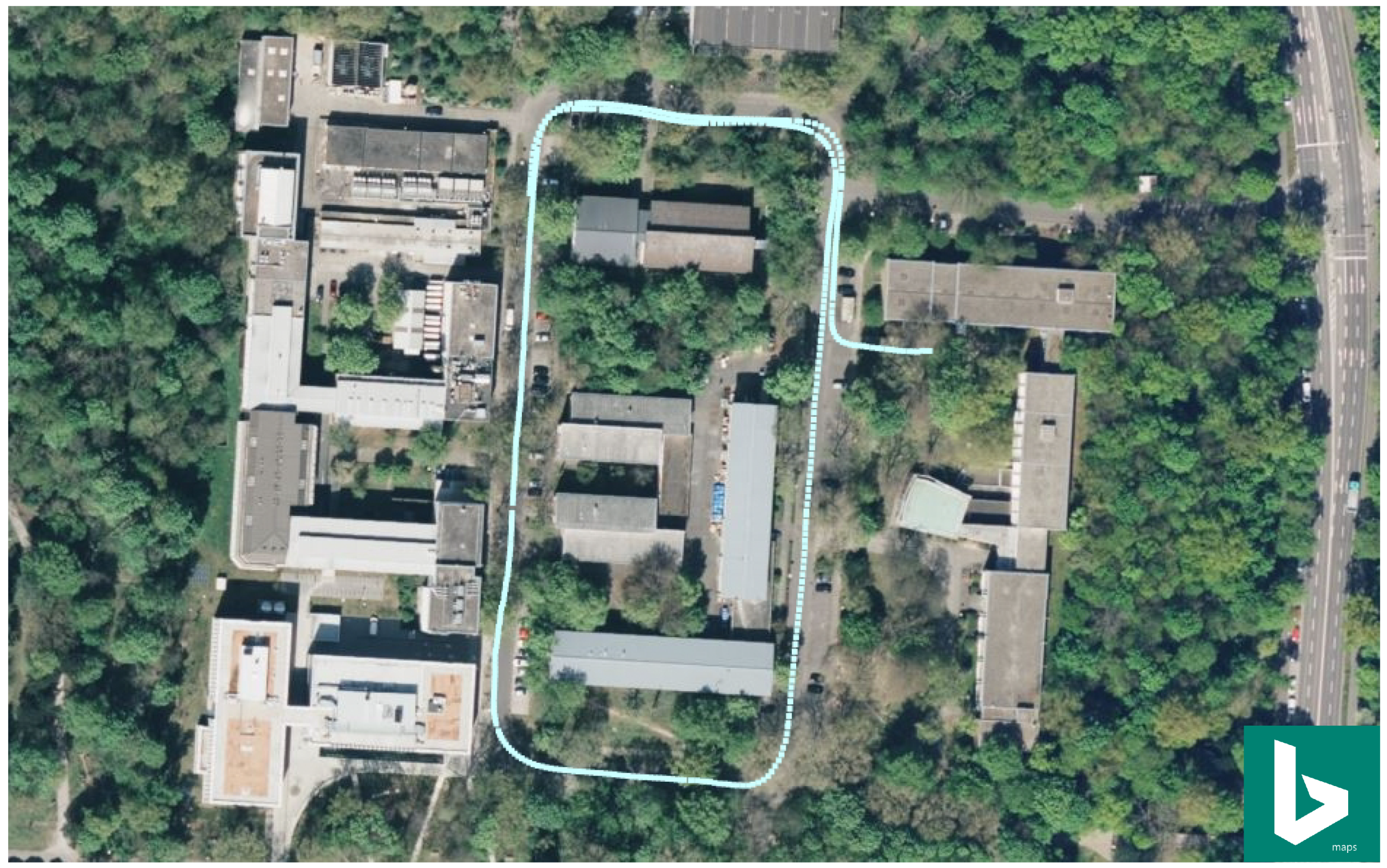
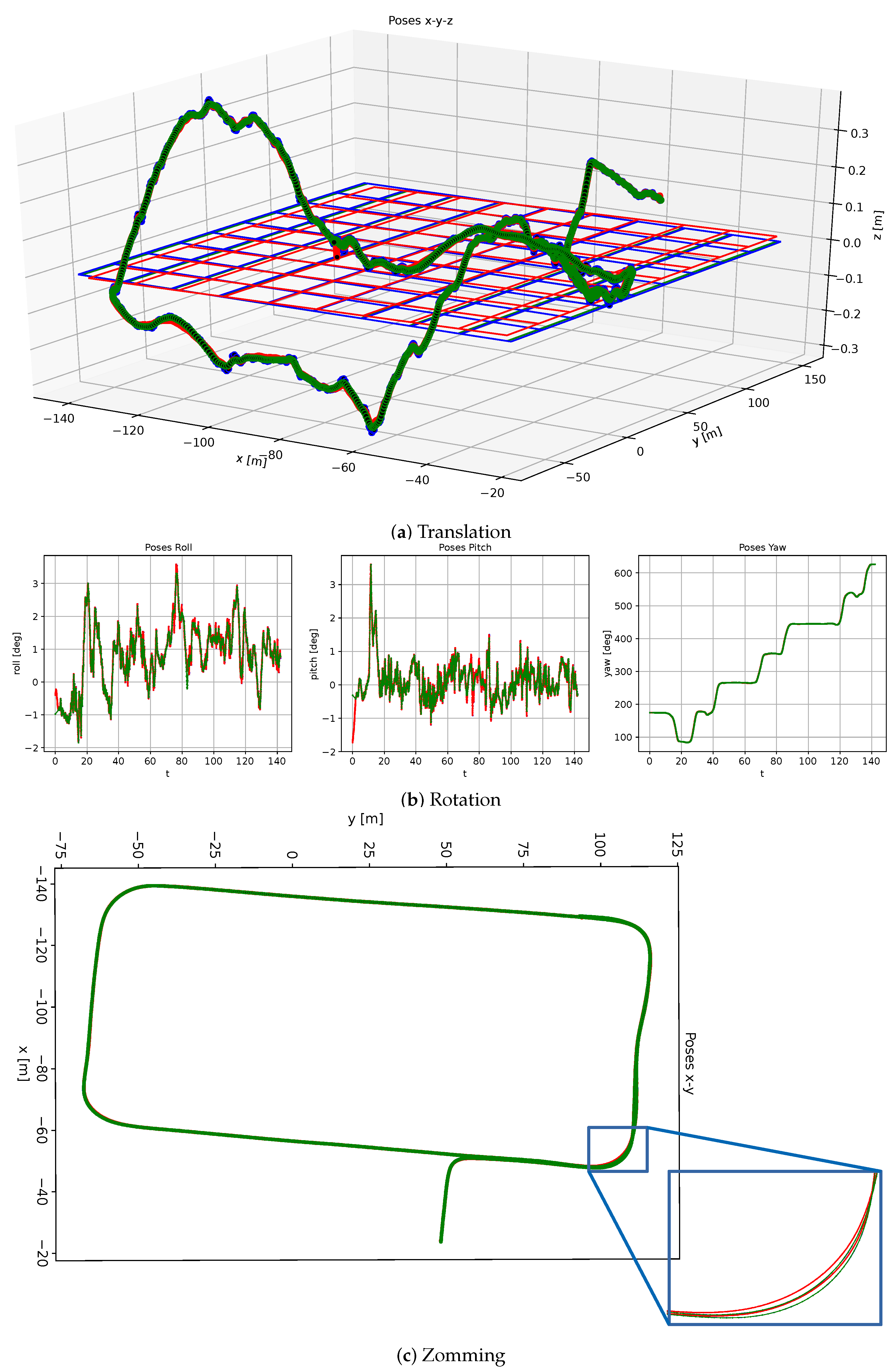
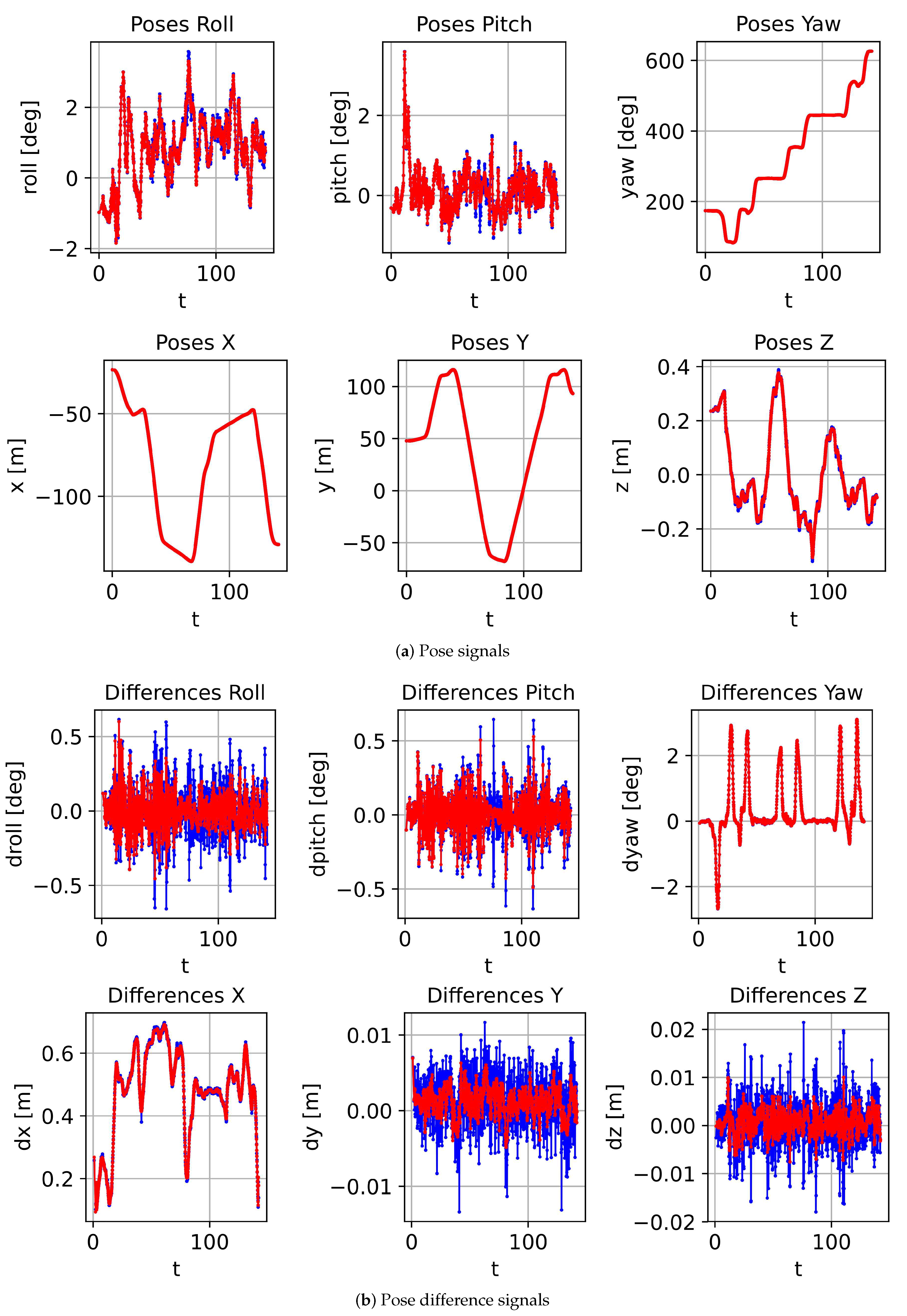
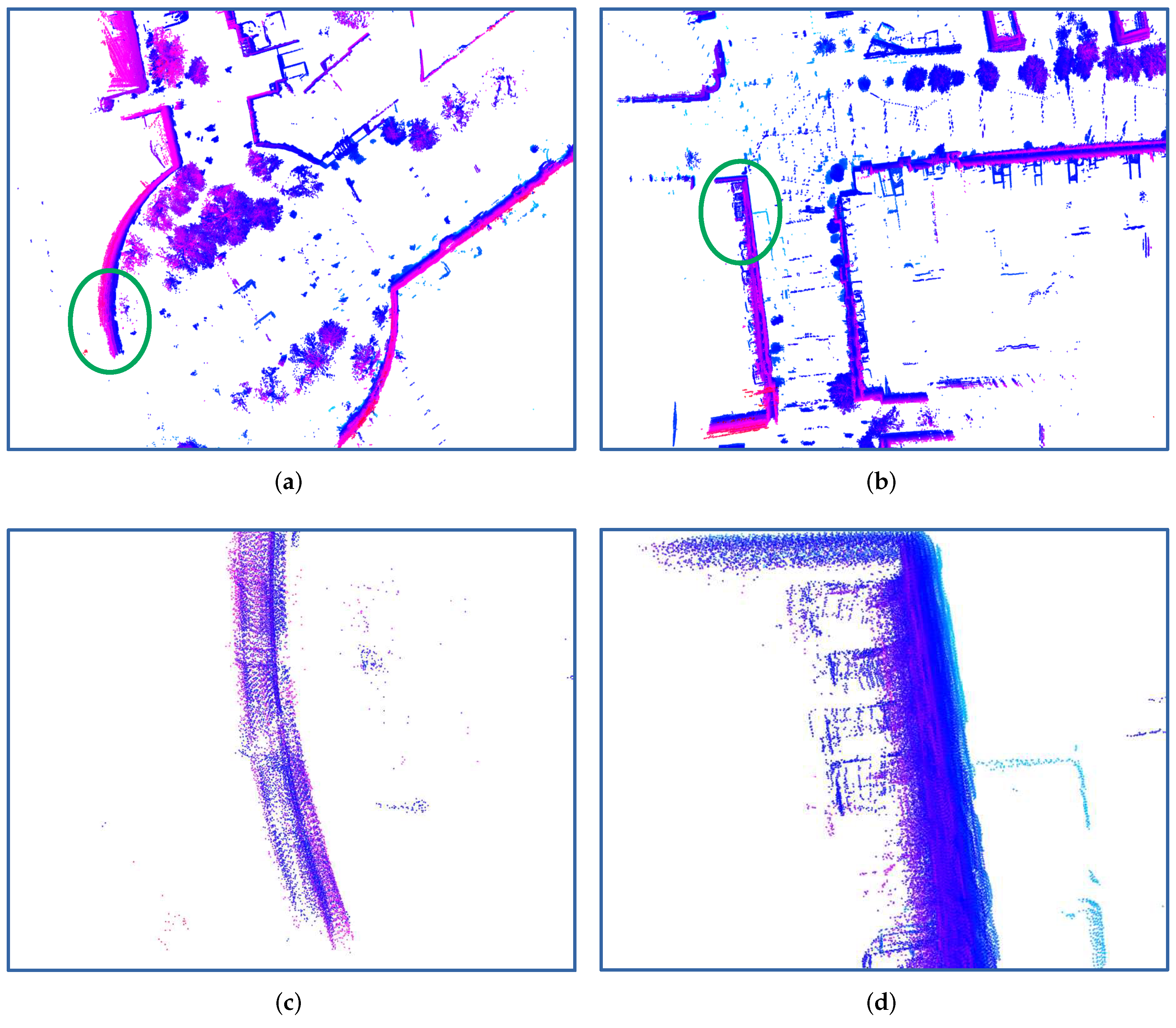
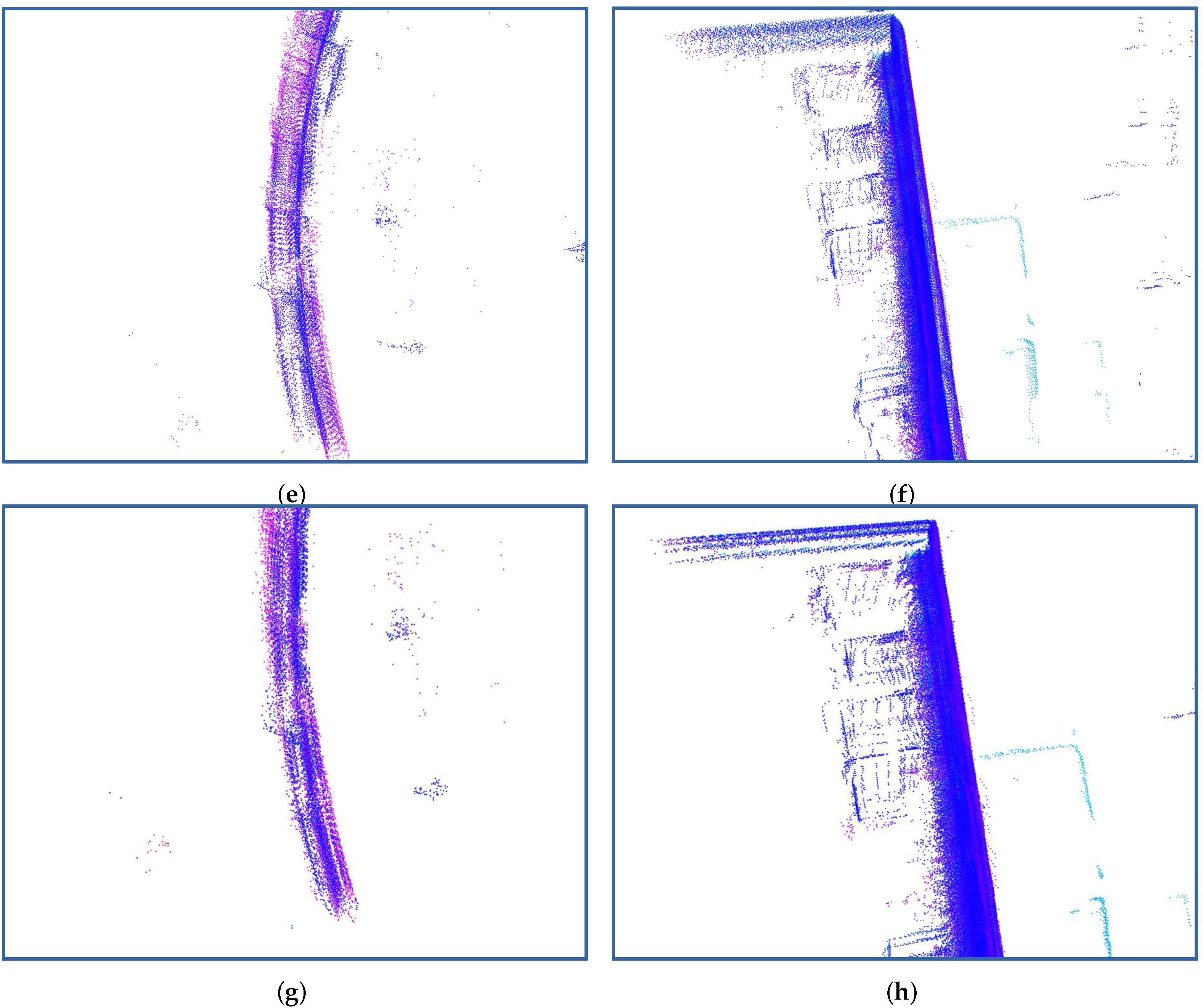
Publisher’s Note: MDPI stays neutral with regard to jurisdictional claims in published maps and institutional affiliations. |
© 2021 by the authors. Licensee MDPI, Basel, Switzerland. This article is an open access article distributed under the terms and conditions of the Creative Commons Attribution (CC BY) license (https://creativecommons.org/licenses/by/4.0/).
Share and Cite
Hu, H.; Beck, J.; Lauer, M.; Stiller, C. Continuous Fusion of Motion Data Using an Axis-Angle Rotation Representation with Uniform B-Spline. Sensors 2021, 21, 5004. https://doi.org/10.3390/s21155004
Hu H, Beck J, Lauer M, Stiller C. Continuous Fusion of Motion Data Using an Axis-Angle Rotation Representation with Uniform B-Spline. Sensors. 2021; 21(15):5004. https://doi.org/10.3390/s21155004
Chicago/Turabian StyleHu, Haohao, Johannes Beck, Martin Lauer, and Christoph Stiller. 2021. "Continuous Fusion of Motion Data Using an Axis-Angle Rotation Representation with Uniform B-Spline" Sensors 21, no. 15: 5004. https://doi.org/10.3390/s21155004
APA StyleHu, H., Beck, J., Lauer, M., & Stiller, C. (2021). Continuous Fusion of Motion Data Using an Axis-Angle Rotation Representation with Uniform B-Spline. Sensors, 21(15), 5004. https://doi.org/10.3390/s21155004






